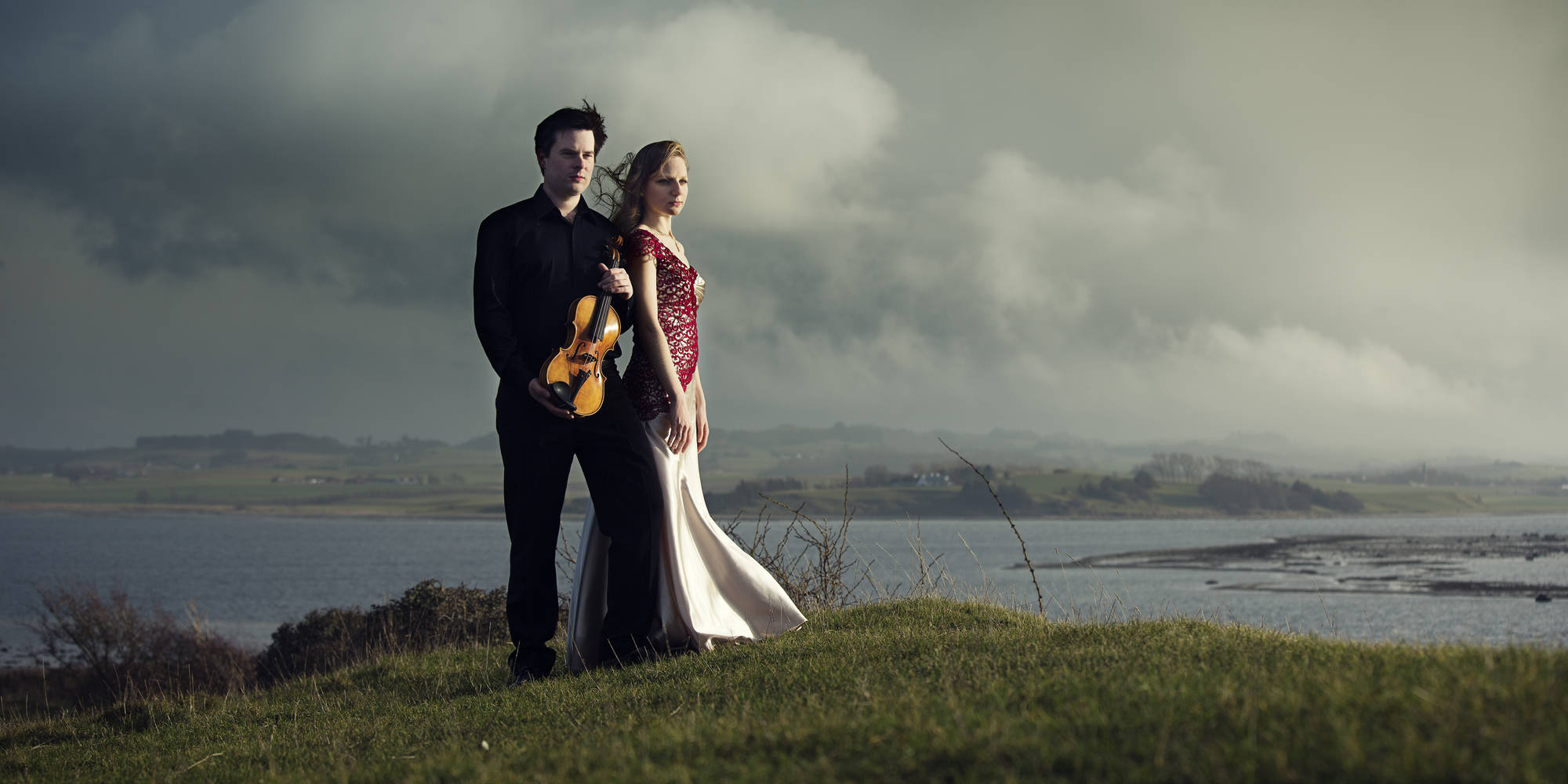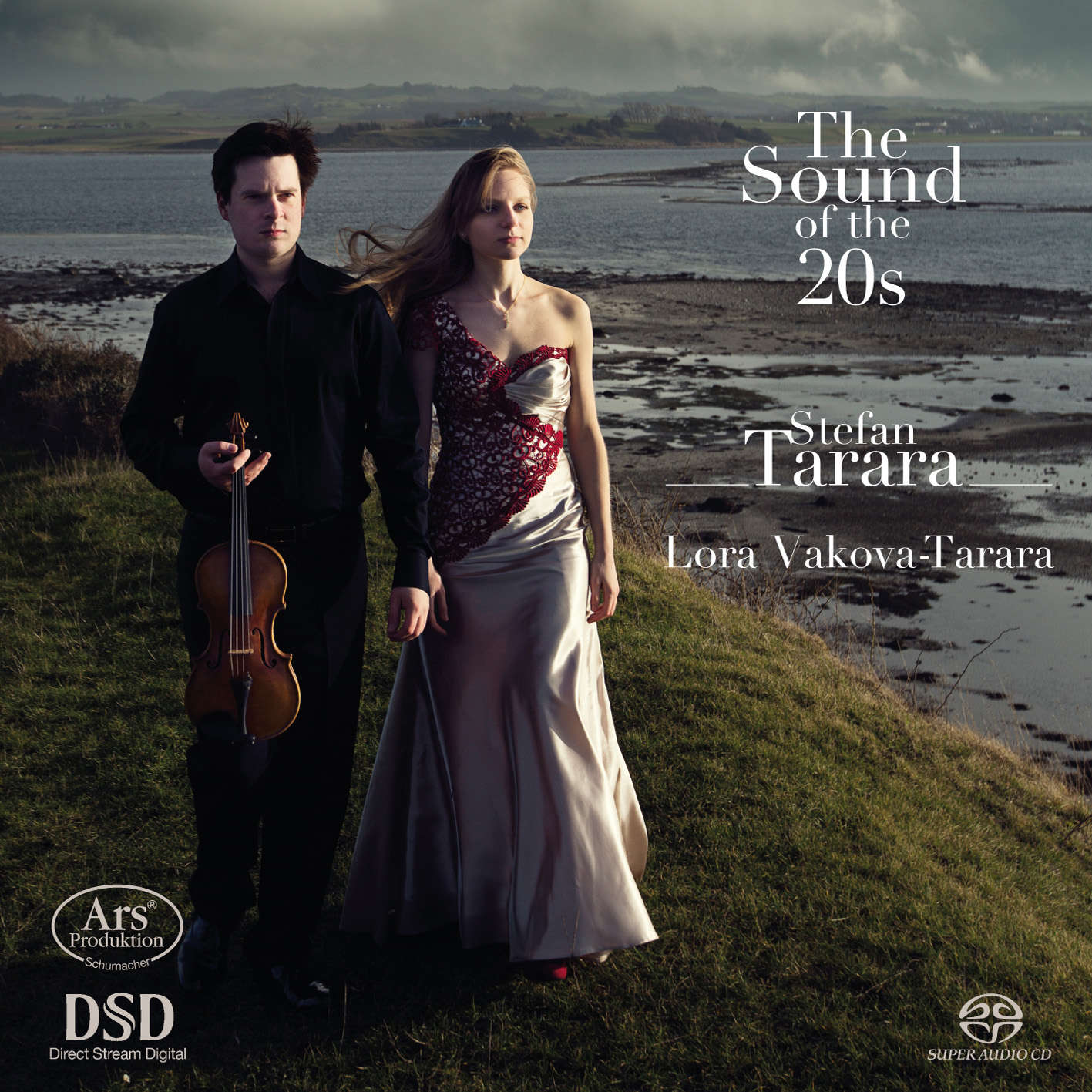

The SOund of the 20s
The 1920s were not only Golden – known for their extravagant nightlife, expressive artists and the emergence of new musical styles of Afro-American origin – but were also shaped by the experiences of World War I and political instability. Those wild times, as well as their tumultuous and shady sides, are also mirrored in the music of that era. On their first collaborative album, released under ARS Productions, Stefan Tarara and Lora Vakova-Tarara interpret the multi-faceted works of three composers from that decade: Ernest Bloch, Maurice Ravel and George Enescu.
Stefan Tarara, award winner of the George Enescu Competition 2014, is concertmaster and soloist at the Hulencourt Soloists Chamber Orchestra. He regularly teaches master classes and works as an assistant to Prof. Zakhar Bron. Lora Vakova-Tarara, at only 24 years of age, has already received many international awards for her piano accompaniments and gives performances at numerous music festivals. The young duo has been sharing the stage for four years now. 'We feel most at ease performing works from the late romantic era. This is why we have decided on this program. All four works are rich in their coloring, full of unexpected contrasts and dramatic turns. As erratic as life itself', explains Lora Vakova-Tarara.
The violin sonatas on this CD are indeed of an eclectic nature – both in themselves and between each other. Ernest Bloch's Violin Sonata No. 1 captivates with its influence by Jewish music, while Maurice Ravel's “Sonate pour violon et piano” (No. 2) takes up elements of American Jazz and Blues, putting highest demands on the violinist's playing techniques. To Stefan Tarara, Jacques-Alphons de Zeegant's music offers great freedom and inspiration: 'His music forms a synthesis of a number of different styles, from the classical to the contemporary period. At the same time, the composer does not shy away from venturing into a future of free emotions, something that today's modernism meets with resistance.' George Enescu's Violin Sonata No. 3, in turn, is characterized by folkloristic elements, as the subtitle, 'dans le caractère roumain', already suggests. This complex sonata is a special interpretational challenge, not only because the composer decided to put a remark or comment under almost every single note. Here, the composer's meticulous love of detail meets the musicians' interpretation – and, in the case of this young duo, leads to a refreshing listening experience.
This recording was made possible thanks to the contribution of Hulencourt Art Project – Belgium.
Buy the CD now:

